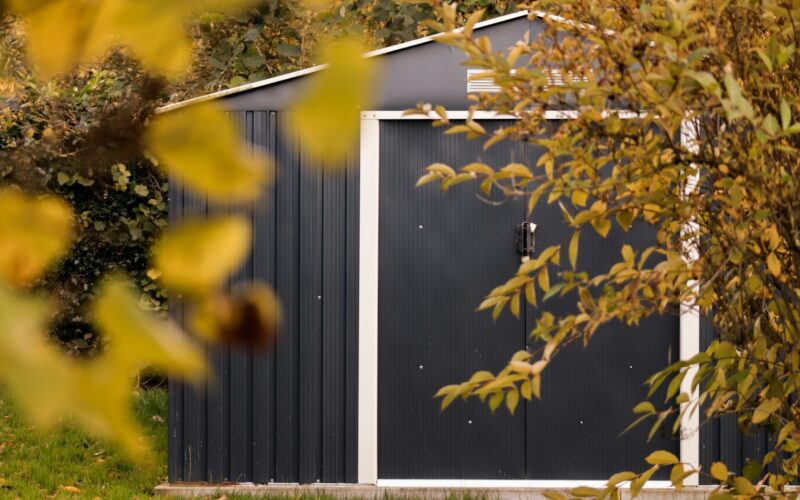As the cold months approach, garden building experts are urging homeowners to rethink what they store in their sheds, as some common items simply aren’t built to withstand the autumn and winter weather.
The team at GardenBuildingsDirect has shared a list of six items you should remove from your shed now to avoid unnecessary replacements or damage during the colder months.
With temperatures dropping and increased dampness in the air, it’s crucial to store your items in the right conditions to ensure their longevity.
Avoid costly mistakes this winter
“Garden sheds are great for storage, but they aren’t suitable for every household item,” said a spokesperson from Garden Buildings Direct.
“Failing to store things properly can lead to costly replacements and unnecessary waste. Items such as paint, chemicals, electricals, and even pet bedding are all vulnerable to the cold and damp, which can result in irreparable damage.”
Here are the six items that homeowners should remove from their sheds before winter fully sets in:
1. Paint
A common mistake many homeowners make is leaving leftover paint in the shed.
However, cold temperatures can cause paint to congeal, separate, or dry out, rendering it unusable.
Proper storage is key to ensuring the paint remains in good condition and can be used again when needed.
2. Power tool batteries
Cold temperatures can significantly affect the performance and lifespan of power tool batteries.
Storing these batteries in the shed through autumn and winter can lead to reduced efficiency, meaning you may end up having to replace them prematurely.
3. Pet food
While your shed might seem like a convenient place to store extra pet food, it’s important to bring it inside before the weather turns cold.
The scent of pet food can attract pests like mice, which can be a nuisance, and keeping it in a shed can lead to contamination or spoilage.
It’s better to store pet food in a sealed container indoors, away from pests.
4. Bedding and fabrics
Old pet bedding, toys, and other fabrics can become damp and mouldy when exposed to the elements in your shed.
Not only does this create waste, but it can also lead to health hazards from mould and bacteria.
Instead, keep fabrics indoors where they are protected from the cold and damp, ensuring they stay fresh and usable.
5. Chemicals
Cold weather can cause liquid pesticides and other chemicals to crystallise, making them harder to use or even rendering them useless.
For the safety of your chemicals and to avoid unnecessary costs, always store them in a dry, cool space indoors where they won’t be exposed to freezing temperatures.
6. Electronics
Rodents often seek shelter in sheds during the colder months, and electrical equipment is a prime target for these pests.
Chargers and other electronic devices can easily be damaged if mice chew through wires or nibble on exposed parts.
Protect your electronics by storing them inside your home, where they are safe from pests and the elements.
With winter approaching, it’s important to take the time now to clear your shed of these vulnerable items. Storing things properly will not only save you money in the long run but will also ensure your belongings stay in good condition throughout the colder months.




